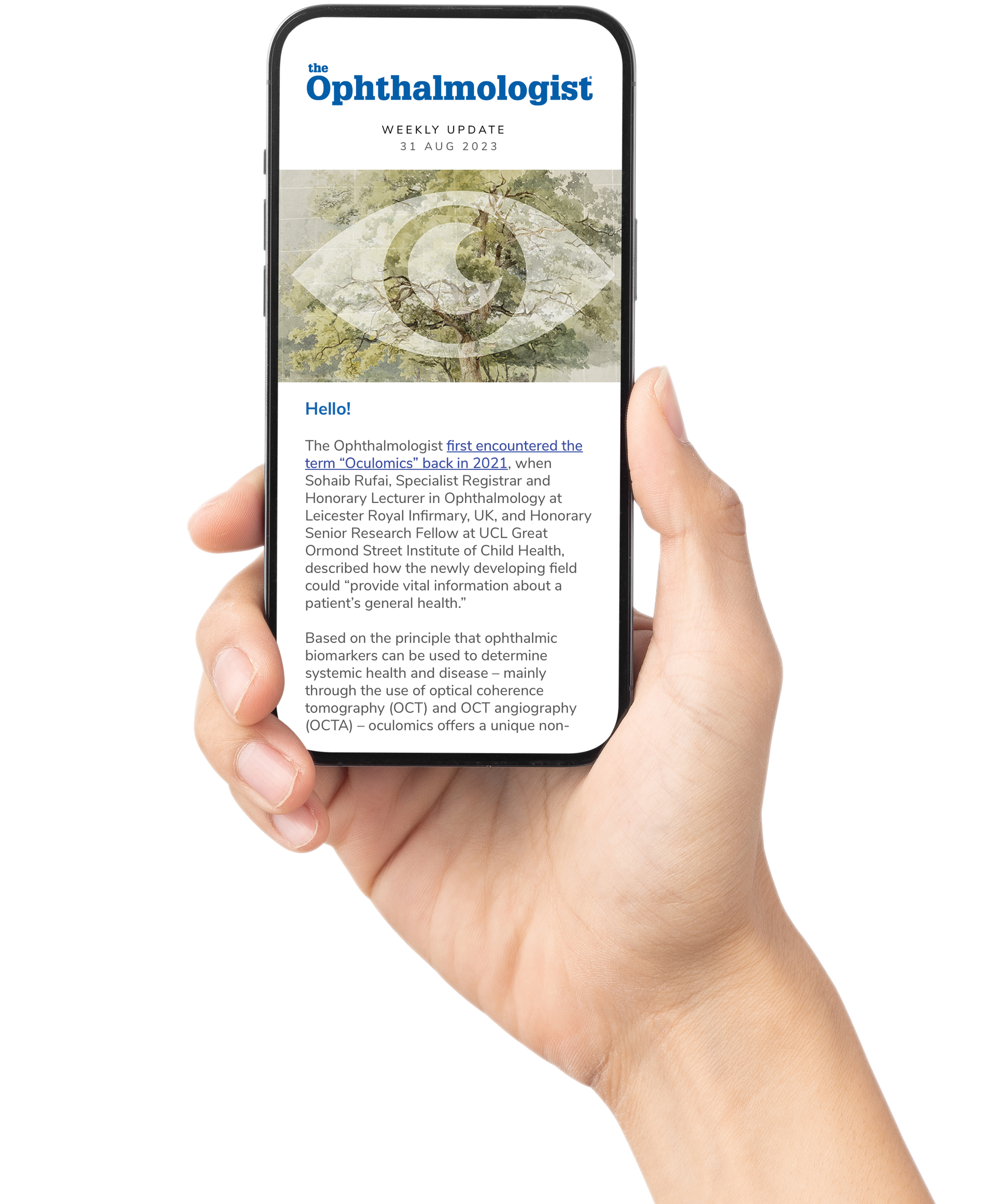Our ongoing Standpoint on Sustainability (SOS) series features many of ophthalmology’s big names giving their thoughts on how the industry might achieve more sustainable ways of working, the obstacles ahead, and what the future might look like. Here we present a rundown of some of the more pertinent points that our illustrious guest contributors have raised around the areas of research, greenwashing, challenges, and priorities.
Research
Evidence-based research is a crucial starting point to any process that aims to implement real change in an established industry. Elaborating on her own work on sustainability, Cassandra Thiel, President and CEO of Clinically Sustainable Consulting, Wisconsin, writes: “I conduct research quantifying the emissions of medical devices and procedures. I've done some life cycle assessments and carbon footprints [calculations] in ophthalmology. We've assessed waste and environmental emissions of a variety of procedures, but I've mostly worked on cataract surgery. I've analyzed resource-use and emissions from cataract surgeries all over the world!”

In Ireland, John Doris, President of the Irish College of Ophthalmologists (ICO), detailed how the ICO’s annual conference included ophthalmology trainee Emilile Mahon relaying the findings of her research into the ecological impact of phacoemulsification cataract surgery.

“The direct impact of our prescribing and use of ophthalmic devices on our patients’ health is an under-explored issue,” Lim says. “There has been increasing concern around the identification of contaminants, such as micro and nanoplastics and additive chemicals, such as per- and polyfluoroalkyl substances (PFAS)... Yet the use of PFAS in the manufacture of medical devices is neither prohibited nor regulated.” He adds, “There is so much that we do not know about the impact of such exposure on ophthalmic and human health. We urgently need robust and reliable independent data to guide prescribing and patient education within our practice.”


Greenwashing
“We need to be vigilant against greenwashing” says Chris Lim, warning that “deliberate or unwitting endorsement of such behavior may have long-lasting consequences on efforts to develop and grow a community of practice focused on sustainability.”


The question should be, “How can we deliver more efficiently with less waste?” says Lockington. “We would do well to understand that effective worldwide solutions require a united, global response. Outlawing print programs and conference bags is not going to save a world which groans under an enormous ongoing carbon footprint from the continual atrocities and destructive nature of wars.”

Challenges

For Chris Lim, the main challenge is around awareness and education. “Many of my colleagues are shocked when they learn that the global healthcare sector is responsible for at least as much carbon emissions as the aviation industry. Once they’ve realized there is an urgent need to answer this call to action, attempts at gleaning information are often marred by misinformation and made worse by apocalyptic messaging… There is a whole heap of resources available out there, but it is increasingly challenging to separate the wheat from the chaff.”

Priorities


Meanwhile, Barbara Erny, Adjunct Clinical Associate Professor of Pulmonary, Allergy & Critical Care Medicine at Stanford University, believes education is a vital component for having clinicians incorporate sustainability into their practices. “I would also like to see the global development of programs to recycle medical plastics (Australia and India are examples of countries with such facilities),” she says. “And I'd like every physician to understand the connection between plastic waste and human health, as well as how climate change is detrimental to both ocular and general health… I want to see every physician prioritizing the ‘First, do no harm’ principle by practicing in a sustainable way.”

“The principles of ‘reduce, reuse, recycle’ sound great, but what is the reality?” asks David Lockington. “It all depends on the financial climate, restraints, and incentives of the systems in which we currently live and work… We really need to disrupt the whole system to institute a new prioritization of these principles, from clinicians to industry to government, to deliver high-quality care which is also better for eyes, economics and our environment.”
Chris Lim notes that the sustainability mindset will only work if it is adopted as a way of life. “The main question being whether this can be achieved fast enough to fulfill the Paris Agreement’s ideal goal of limiting temperature increases to 1.5°C above pre-industrial levels.”
“My simple wish,” adds Ben LaHood, “is that individual surgeons begin to ask questions of their own practices, their industry partners, and their colleagues about what tiny things they could do to improve sustainability.”
The Future
Teaser image credit: Collage images sourced from AdobeStock.com
